Rule #1 Is You’re Not Invited: An Interview with Fran Blanche of Frantone Electronics
Fran Blanche is, quite simply, a genius. In 20 years she has manufactured over 20 original Frantone pedals of sheer reliability—designed to be kicked around and built to last—with a simple yet beautiful exterior that makes them the first to be spotted on stage.
Frantone has certainly been around the block—The Vibutron was featured on the cover of Dave Hunter’s book, Guitar Effect Pedals: the Practical Handbook, and Lou Reed was the first person to play the germanium transistorized fuzztone pedal, the Sweet. Despite a slew of unforeseen tragedies that almost ended the company for good, Frantone is making a big comeback this year.
We met this May at her studio in Philadelphia, a duplex that houses Frantone as well as her hand-sewn corset company Contour Corsets. In between putting songs on the jukebox she services herself and playing around with Fran’s handmade guitars, we talked about her history in pedal building, being unwillingly outed as a trans woman, and what’s next for Frantone.
Can you tell me a little about the beginnings of Frantone?
I started Frantone with my first business partner, Merton Kenniston. He had come from Digital Computer Corporation and he had this business out in Central Pennsylvania that I worked for. We always, in the off hours, talked about engineering and computers. He said, “Well, I’d really like to get into manufacturing again.” At the same time, I had tinkered together a pedal that I needed because I was in a band and I needed to get overdrive for my little amp. What I really wanted to get was a Big Muff, but I couldn’t afford it. It was like $60 for the old gray Russian Big Muffs, which were crap, but I couldn’t afford it. I went to Radioshack and bought some parts and tinkered together a little overdrive pedal. I brought it to Mert and said, “I made this, and this is the kind of thing people might want.” He didn’t know anything about music, so I had to pitch the idea. There wasn’t such thing as a boutique market in ‘94. There were growing pains, but after about a year we came out with a box called The Hepcat. In ‘96, Mert ended up selling his business and working for a company doing virtual reality glasses. I bought out his share of Frantone and took it on myself. I came out with the Peachfuzz in ‘97 and was getting really tired of making pedals, so I took a job working for Electro-Harmonix. I ended up being the head tech and supervisor of production. I went on to design the new Big Muff in 2000—it was ironic because the only reason I started making pedals was because I couldn’t afford the Big Muff four years earlier! It ended up being the foundation of the most popular series of Big Muffs ever made. I should have designed it on a commision basis! I would have loved to get .5% of the revenue from that design [laughs].
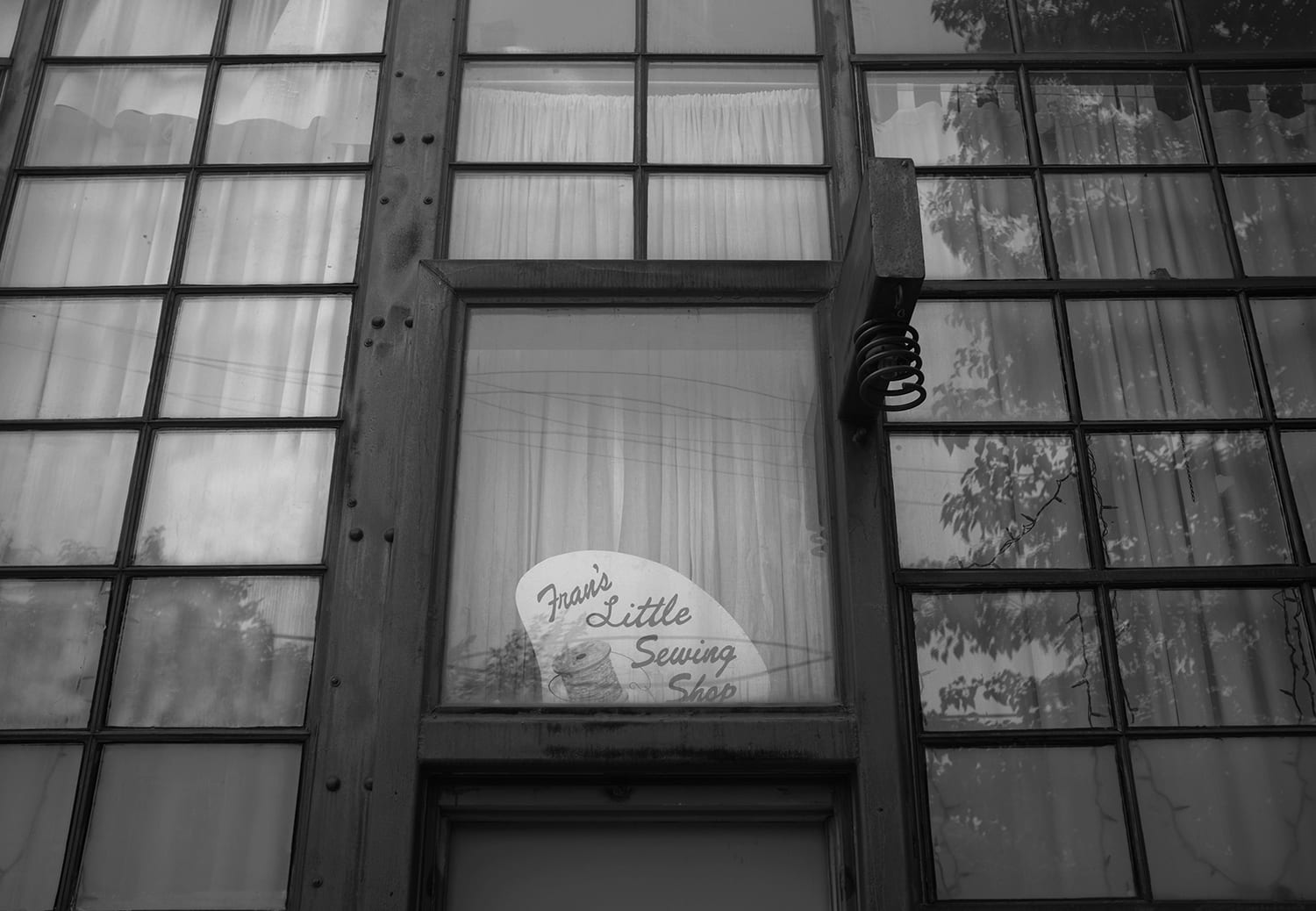
When did you open your first Frantone factory in New York and what that experience was like?
After I finished the Big Muff I left Electro-Harmonix. They were located in the East Village, in a tremendously great location. It was the next building south of where the old Village Voice offices were on Astor Place. Back in the ‘90s I would go out for lunch, down on the street, Dennis Franz would be there because they were shooting NYPD Blue on the corner. You’d go down to St. Marks and they’d be shooting Sex in the City in some comic book shop. I was out for lunch one day, and we walked by Dojo, which was this place on St. Marks, and right here was George Lucas. Just sitting right there eat al fresco with his kids, and there he was. There was a lot of stuff like that. I became friends with Les Paul, and Marshall Crenshaw. I hung out with Luscious Jackson and went to Lou Reed’s studio. It was like a crazy adventure back on those days. I grew up watching TV, it was the Gilligan’s Island of culture in my house. There were no books, no records. When I moved to New York, it was this experience where everything got flipped around. Everything fell through the TV set and all of a sudden I was in the TV. I was living in the Upper West Side and working downtown. In the summer of 2000, it went down that Elecro-Harmonix was moving to Long Island City and there was no way I was going to commute to Long Island City. It was not a place you’d want to be everyday, and the subway didn’t go there. left Electro-Harmonix after I did the Big Muff and started up Frantone again in Brooklyn. The old Frantone factory was on 10th and Wythe in a building that isn’t even there anymore, I don’t think. That was quite a stressful time trying to get it all together. When I left Electro-Harmonix Mia Theodoratus left with me, so we entered partnership. She was going to do all the sales, and I was going to do all the building. I didn’t have to worry about selling, I could keep a low profile. If people called the office, they talked to Mia. Even when Dave Hunter released his book on pedals and Vibutron was on the cover, I didn’t want to be interviewed. I let Mia do it, even though she gave me the questions and I gave her the answers. I kept a really low profile. It was ideal, because I was spending 80 hours a week building. I was working until three or four in the morning in Williamsburg, and what people think of Williamsburg at that hour now is not what it was like back in 2000. Back on the waterfront in the middle of the night, it was scary.
Why did you leave New York?
I would have kept doing it if it weren’t for the waterfront rezoning that came through in 2003. We were there for the [9/11] attacks, and the factory was inside of the geographical radius of the quarantine zone. When the attacks happened, I had to go to the factory and pack up everything. The smoke from the fire was in the building. After that, I was almost convinced at the time that the months after the attack would be the end of Frantone because what people don’t realize is that living in New York, and especially living in Brooklyn at that time, was that it was a war zone. The army moved in. We couldn’t get groceries or supplies for weeks. We were the only people in the neighborhood—Mia and myself—who stayed. I have photographs of Bedford Avenue on Saturday after the attacks, and there are no cars or people as far as you could see. It was so hard to keep the business going, to stay there, to make product. For six months after it was real hard, almost the end of the business. If we didn’t have some money leftover to throw in, it would have tanked. Two years later, in 2003, the entire waterfront got rezoned. We all got pushed out anyway. The building got sold. My neighbor was Henry Hey, a famous pianist and arranger, he did Rod Stewart’s big band. His studio was right next to mine and we both got thrown out the same day. I was fortunate enough at the time to be in New York when I could afford a lot of space, but it didn’t last long enough for me. So I moved to Bushwick for more room, and was pushed out of Bushwick. By 2006 it was impossible. I did the lateral move, back to PA, but then more tragedy struck and I had to abandon Frantone.
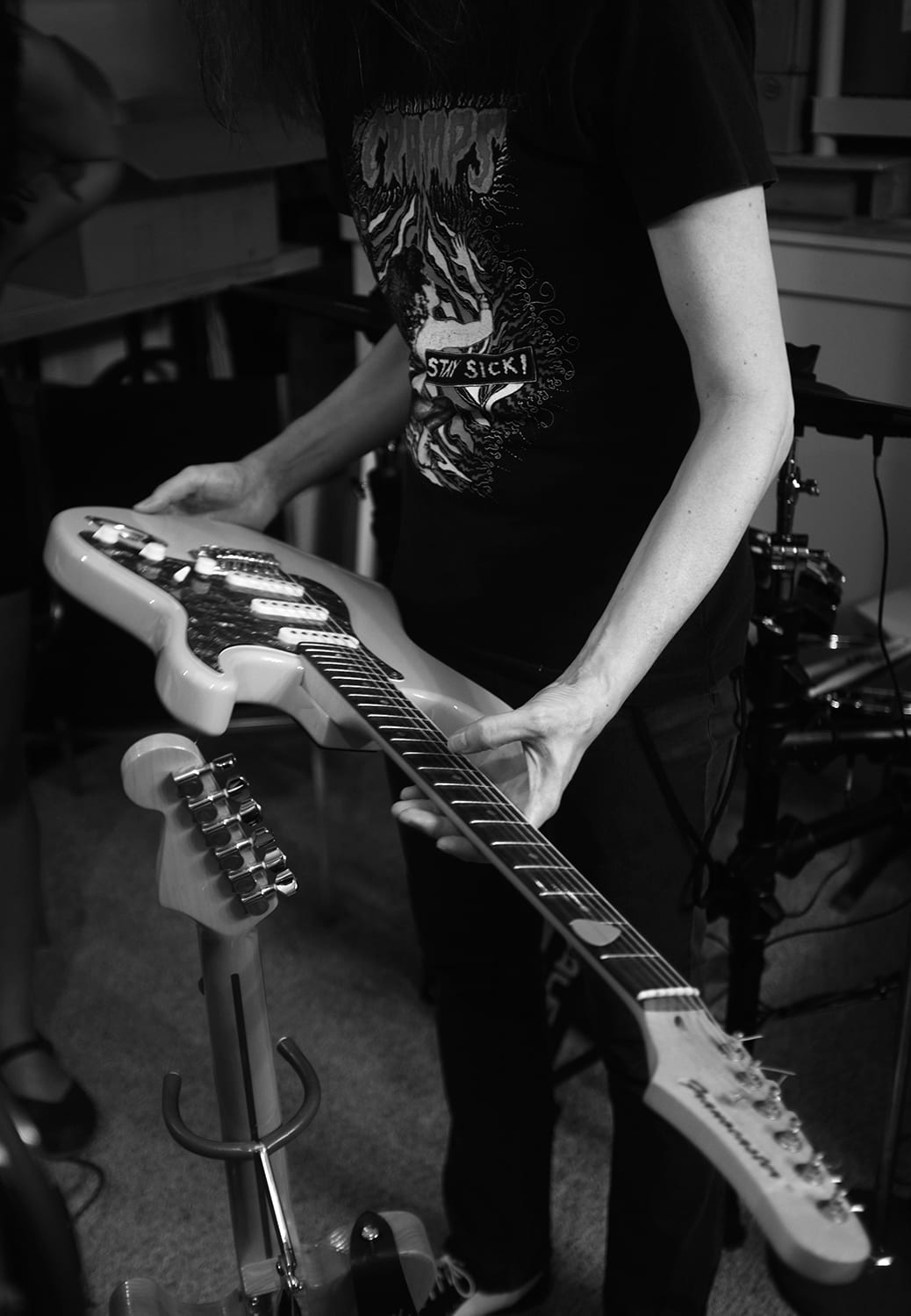
What were the other tragedies?
There was a series of tragedies. My partner had troubles and passed away. I had to abandon our house. I couldn’t stay in the house. And again, was kicked out of those two big New York spaces, so I lost a tremendous amount of money. So then I had to abandon my house, because I just couldn’t stay there after she was gone. That was the last Frantone factory, a huge Victorian mansion that I had built on to. It had 23 rooms. It was palatial. With the outing [of being trans] and my partner, it all happened within the same year. I didn’t work for six months. I moved back to Philly where my family was and they took care of me. I was sick. By 2011 I started working again. I was making corsets. I got to a point where it was sustaining me. That became my therapy, when I built the first Fran lab. I didn’t know anything about video blogging, or instructional videos, but at some point I stumbled onto Dave Jones blog and Jeri Ellsworth, and I thought I’d love to do this. I tinkered together a space where I could do some videos. I saw it as an avenue to do education, which is what I’ve always wanted to do. It also started out as my therapy, to get my life together, but also it helped me because after the outing years before, my professional reputation was destroyed. I always wanted the product to talk for me, to sell itself. In the early days, there were no pictures of me. What I’d learned was, with the outing and all the weird things people were saying about me, they were sure about me and were painting this picture of me on these social networking forums. I would read threads that people would tell me about, and I read them and the image that people had of me, of being this parasitic faker, oger, thief…you know, everything that I’m not. I spent a lifetime trying to do my own thing, be my own person, live on my own terms…and I was in my real life, but the public perception was that I was this fake person.
They painted this picture of you because they found out you were trans?
Well, what I learned was, that in that vacuum of not talking about yourself, people will invent your history for you. What had happened was people were inventing my whole life and my persona, who I was and what I had done out of fantasy. Someone might hear something from someone who knows someone who knew me way back when, and you do the game where you circle jerk information around. Well, by the time it gets to someone who is angry enough to put it on a forum, it’s something completely unreal. I realized the video blogging ended up being a way for me to allow people to have….I wanted it to be an unedited, unobscured view of what I did. I started turning the video blogging into showing what I do, my lab, my sewing shop, what my work is like, and my philosophy. I starting writing my philosophy and experiences on various blogs and pages. Over years and years, I had even started doing trans video blogs, which, ironically, have changed my life a lot. I did a very spirited video blog about the trans problem, back when I still had bangs, and everything I said was 100% true. When it started out, it was a lot of bad comments. As the years went on, less and less. There was this inverse bathtub curve where, when I first started talking about it, overwhelmingly negative. People were going out of their way to email me, personally, to tell me what a shitty person I was. As time went on, and it was out there more, more and more people were venting positive comments. I did it as a means to recoup my reputation, but it ended up making a difference in some way. I started doing it for very selfish reasons, but people began learning from them, and changing their perceptions and views about trans people and about women engineers. The kind of macho crap that caused my outing, it’s kind of hard to do now because the landscape has changed. Not because of me, but because of people like me.
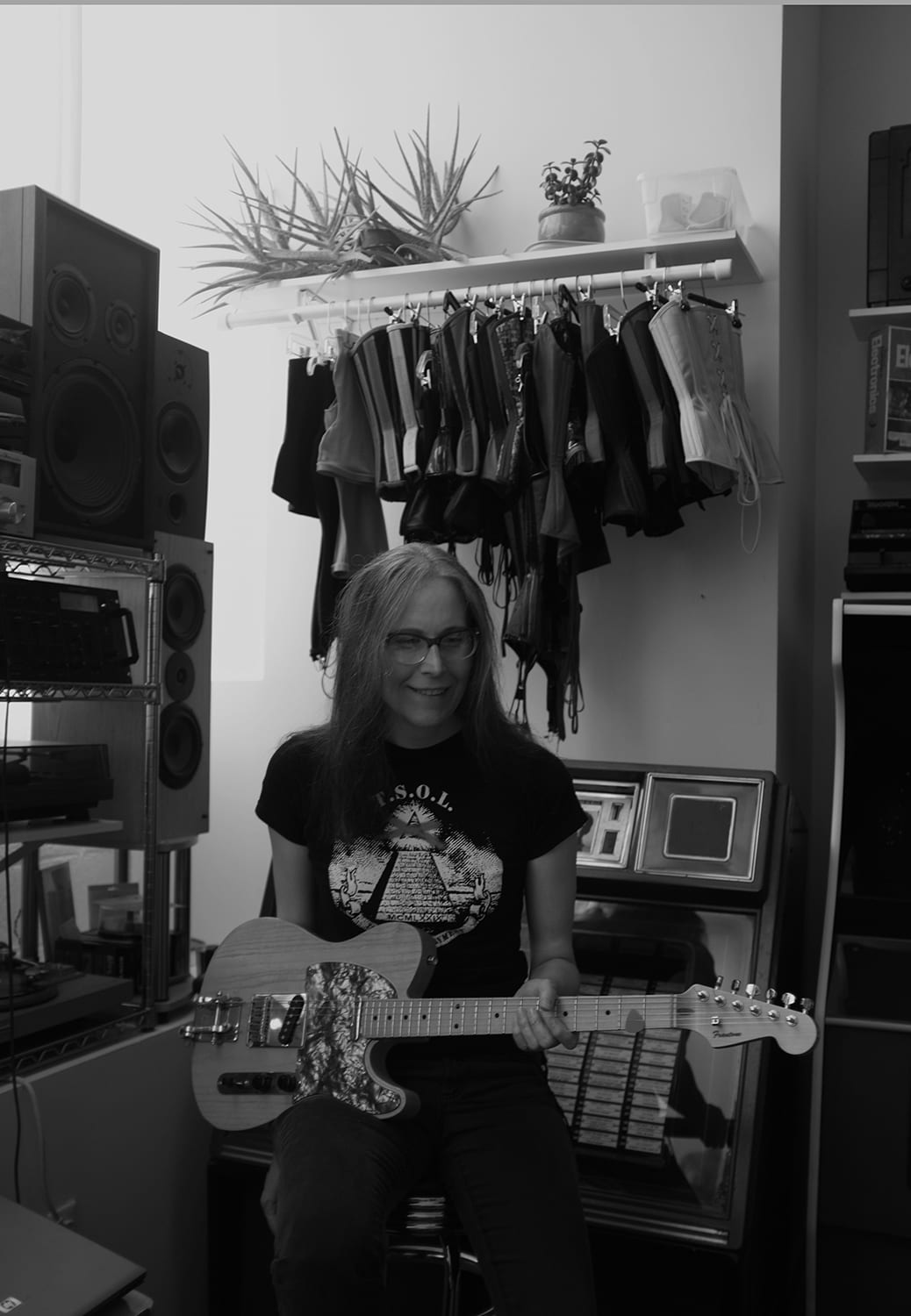
Absolutely. I feel like when that happened to you…well, now there is so much more dialogue about trans communities and trans people. People are looking to be more aware, and more inclusive. There wasn’t the same language ten years ago as there is now, and not like that makes any anti-trans comments that happened back then okay, but I feel like some progress has been made in comparison. It’s still insane to think that those comments on that forum almost ended you.
Well, what you have to understand is that I transitioned in the ‘80s. Back in those days, if people knew you were trans, it could be the end of you. Living in PA, there still really aren’t any legal protections for trans people. Trans people do have some protection under the general law, but there are no specific laws. Hate crimes don’t apply to trans people in PA. You can be charged with a hate crime if you kill someone or you wound them for being gay, but if you kill someone for being trans you can’t be charged with a hate crime. Back in the ‘80s, if your neighbors found out you were trans, you’d lose your apartment. If the person you worked for found out you were trans, you lost your job. You’d be run out of town on a rail, or killed. It was serious stuff. Your life depended on keeping a low profile. That’s really why, even in New York where I had this really active social life, as far as my work goes, I really wanted to be under the carpet. I had to not exist because I couldn’t afford any of that coming out because I knew that all my work would just be destroyed if people thought about what I was rather than what my work was. Even in 2008, you’d think, “Oh, it’s 2008, it’s the arts!” but no. People weren’t enlightened in 2008. It did come out, and the plug got pulled, and it was over.
I watched one of your video blogs about the press you’ve received, and you mention the interview you had Mia do, and how you didn’t want any photos of yourself released. I thought that was so interesting because most of the women pedal builders I’ve talked to said the same thing. The don’t want any photos of themselves out there because they don’t want people commenting on them. Just because they are women, they know people are not going to talk about their work but rather what they look like or what their wearing. It’s even more severe in your case because there’s a whole other element to it, but there’s even a necessity to it, especially with the change in mental landscape in past years regarding the trans community.
Well, if you’re going to be out you have to be really out. The years after my outing, where I was technically out but not out because I wasn’t talking about it, those are the perilous times because people were talking about me, but I was not talking about me. It took years for me to turn around the public perceptions. But even now, I’ve had huge rejections. for organizations that invited me to be apart and then, well, I’d always say the same thing, “Well, I’m sure that you vetted me to your satisfaction, but full disclosure: you do know that I am trans, right?” Usually the answer is, “No, we did not know about that and we thank you for your honesty, and you’re so brave, and it must be very hard, but we can’t have someone like you in our organization.” And I say, “But you asked me.” And they say, “Well, our organization depends on money from very conservative groups, we have church groups, and children are involved.” I have a long list of opportunities that have been presented to me where I have been thrown out just based on that, or my age, or both. Being old doesn’t help. You would think that the landscape would be much different, but like you said, people don’t know about the trans world. I had written years ago that the conflicts within….I was never sealth, but I was always protective of my work. What I had always learned was that in the trans community, there was always this very hardwired mindset. The first rule about trans is that you don’t talk about trans, for decades ago. I was indoctrinated into it in the ‘80s. If you’re going to do this, if you’re going to survive, if you’re going to be alive at 30, no one can know. You can’t tell friends, because if you do they’re going to tell everybody. There was always this naturally guarded secrecy, and the trans community has been built up on this philosophy for decades, and is still prevalent. The young people I think are the hope, especially trans teenagers and early 20-year-olds, because they are not growing up with the idea that you have to be stealth or die. That is changing everything. The idea that there are out trans teenagers in highschool…that blows my mind. When I was in high school, the word transsexual wasn’t even in our library. There was no internet. It wasn’t talked about, it wasn’t written about. There was no way to know it even existed. I didn’t even know trans people existed until I was 19, 20. When I found out that it was even possible, well, my whole mind changed and my whole idea of life changed. The most hopeful thing over the last 10 years, especially the last few years, is the young people. They are just really hopeful for the future of trans, to the point where the future of trans is that trans won’t exist anymore. I think it’s really just that the LGBTQ, well, the T is going to have to be removed because at some point there’s going to have to be a redefinition of gender, so that it’s not this binary thing. There’s a spectrum, and there are people all over the spectrum, and there are people not on the spectrum, there are people who have no gender. I think this gradually changing of the idea that people are on a continuum, which has been written about in the trans community for decades, but the idea that in the regular public people would, on any level, accept that there is a continuum of people, I think that’s where the future is. Maybe someday there will be no trans people. There will just be people, which is the way it should be.
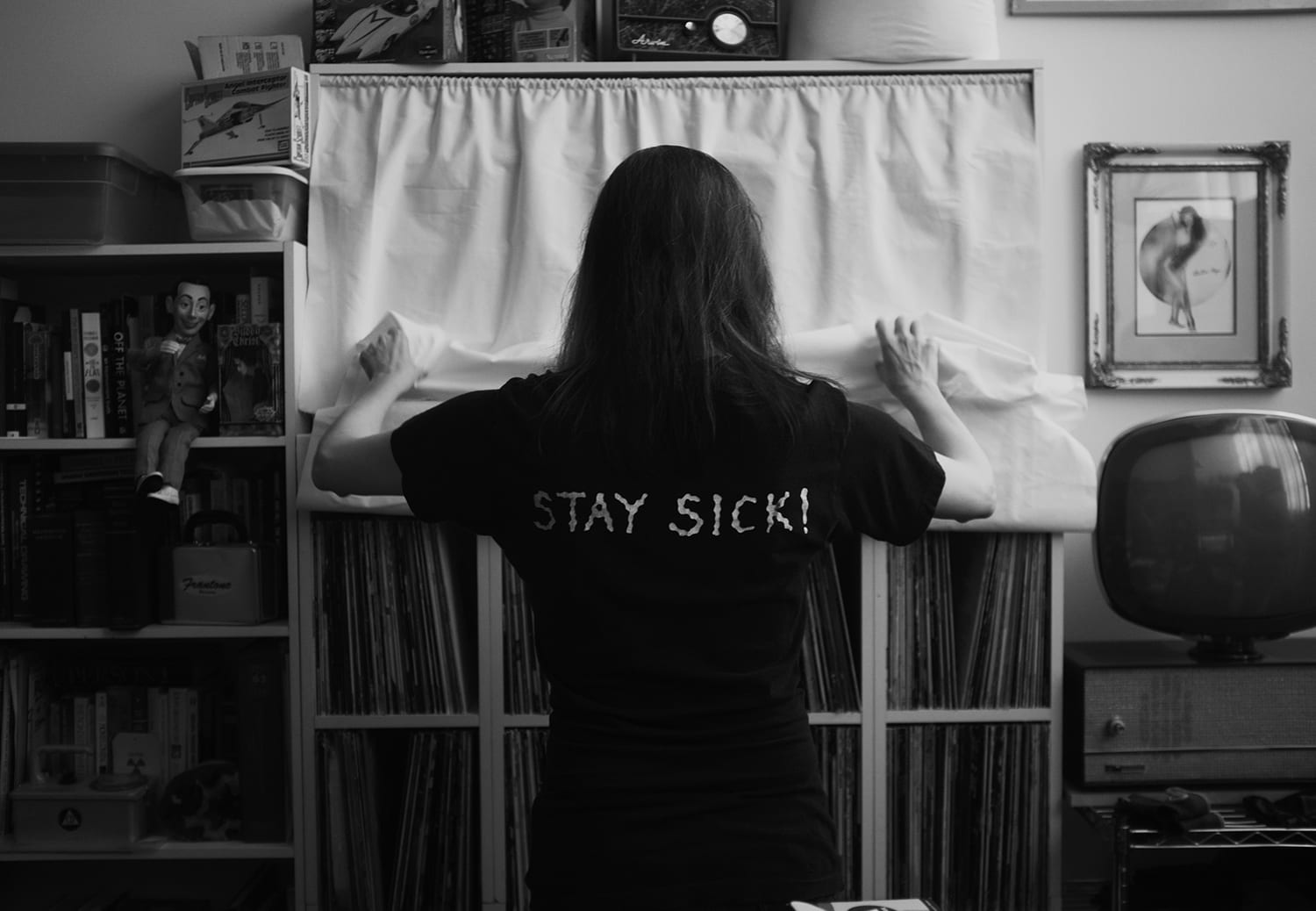
Given your history, and all that you’ve been through, what advice would you give to any women looking to get involved with pedal design and building?
Be willing to fail. Never give up. Get really tough. Stick up for yourself. Know your shit. Don’t take anything for granted. If you’re a woman, and you want to be in the music gear business, you’ve got to be iron tough.
What makes Frantone different from other boutique companies?
My designs come from a need for something that I want to see happen. One of the things that sets Frantone apart from most other boutique pedal makers is that I don’t make knockoffs. Everything that I make is an original design. Because of that, even though in the early days I got known as a fuzz-tone maker, all the different designs are based on different principles. Each fuzz tone is like an experiment to exploit a certain kind of way of doing it. Rather than building one type of effect and then making alterations on that. The boutique pedal business is sort of cannibalistic. Even manufacturers that come up with an original design will just come up with alterations of that design. There’s lots of variations on common themes. With 20 designs in 20 years, I try to make all of them unique. My compressors are completely originally design, really efficient and optimal design, that hadn’t really been tried before. I just started from scratch—these are the features I want, this is the performance I want, this is the tonal response that I want—and designed from the floor up. I’ve done that with virtually all of the effects.I’m not a tinkerer. I don’t go up there and tinker and throw things together and throw it out. Some people would rather tweak. I just don’t have the time for that. And so I don’t have a lot of rejects, I don’t have a lot of prototype pedals that didn’t make it. I would be directed on making a new product and perfect it and be done.
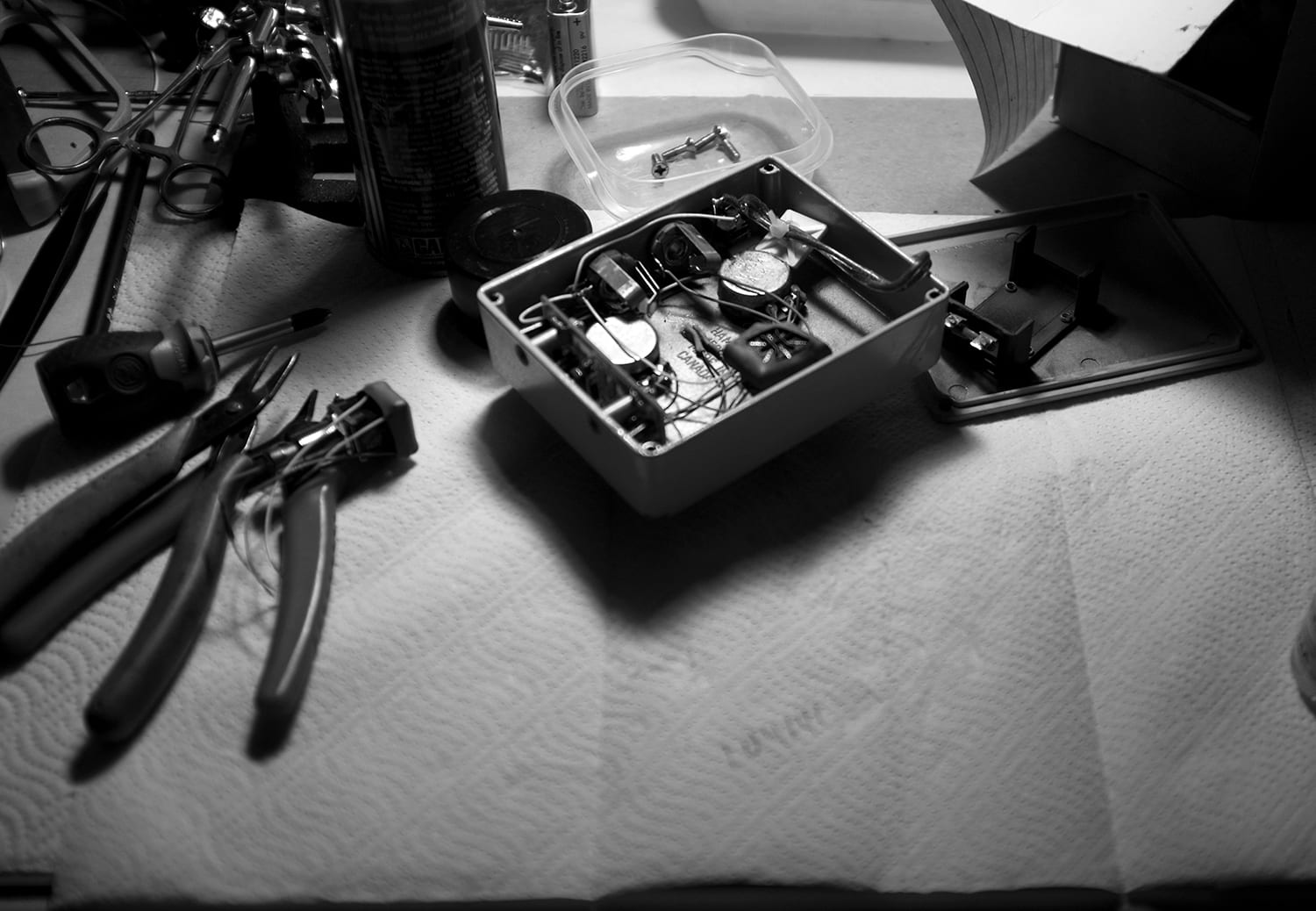
You recently announced that you will be teaming up with BearFoot FX. What made you decide to revive Frantone?
An alignment of things. Kind of like the serendipity that started my pedal-making career, it’s the same sort of alignment of things. Weaving through my career I’ve just had lots of very serendipitous occurrences. I had been ready to bring it back, and looking for someone to bring it back for a while, and Don Rusk [Bearfoot] had just approached me. It’s been six months of negotiations, and figuring out how we can do it. Frantone was always wholly operated and run by me, and the idea of outsourcing the line, and quality control…there are certain standards. All the same philosophies. It’s all got to be an American handmade product.
So hence, now, I am doing a licensing deal with Bearfoot. They are a very established and efficient pedal-making machine. They have their own lines. This is going to be an extension of that, using their productions techniques and their people. I don’t have to be in a paint room, I don’t have to silkscreen. It’s pretty exciting. It’s still early, we’re still getting all the wrinkles out, but it should be happening by Fall.
Will you be reproducing Frantone classics or will there be new designs?
Yes and yes. We’re going to start with the classic line. There’s going to be some redesigns because some of the parts I use, especially in the early pedals, are now impossible to find. The Vibutron and the Glacier has a chip that hasn’t been made in a lot of years. The knockoffs are just not up to spec. We’re going to have to redesign those, and some other tweaks here and there because of component rarity. Sonically, everything should be identical.We’re going to use the same cases, and paint them the same way. We’re trying to upgrade them from a powder coating, which is a little problematic because it’s different material with trying to get the look right, but I’m excited about the idea of them being resilient to being knocked around.
I love the design of Frantone. They’re beautiful and yet simple. I was looking around, and I was wondering if some of your originals were knocking around, so I went on eBay and somebody had the Cream Puff up and it was totally destroyed but it still looked so beautiful. The seller even said it looked like a disaster but it sounded perfect. I thought that was so cool.
That was another problem. Because I’m a player, a lifetime player, one of the primarily design considerations has always been reliability. So, I designed and built all the different generations of Frantone pedals with the idea that they’d be knocked around kicked around on a daily basis. When I made the first Hepcat I had this idea of doing a promotion—I was flying a lot because Mert had a plane—and I thought a great demonstration would be to take a Hepcat, put a battery in it, drop it out of the plane at a thousand feet [laughs] in some field, and then we’ll land on the field, we’ll find it, dig it out of the ground, and I’ll plug it in and play it and it will work. I was so confident that it would work. That was the whole philosophy. That actually caused me a lot of pain to design stuff that was so reliable because trying to find cases that were really heavy and not so thinly walled that you could crack them by stepping on them, or getting knobs that wouldn’t shatter if you dropped it, or putting a steel bezel on the LED so it doesn’t get pushed into the case. Stuff like this, to make them really that rugged, was very painful to keep the quality up to that level. The secondary factor was non obsolescence—18 years later they’re still playing it and it hasn’t broken yet, so I haven’t sold them another one. [laughs] And so, that created an unusual problem for any kind of product. I saturated my market, and nothing was breaking. The repairs are always minor things, usual cosmetic. The reliability is a double-edged sword when you’re a manufacturer.
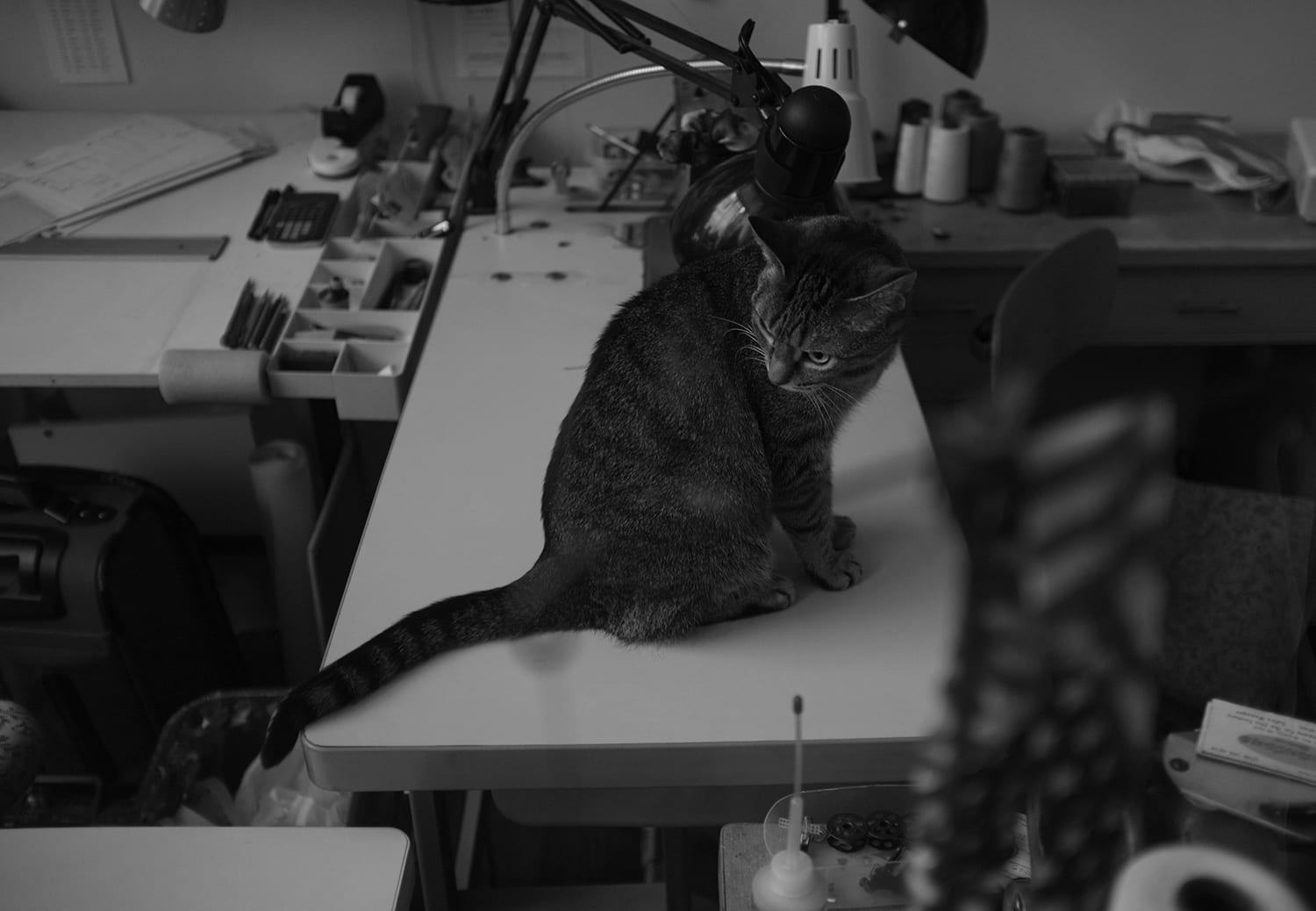
How are your feelings moving forward with Frantone after going on a hiatus for so long?
It’s different. Hard to let some things go. Pre-2009 I built every single Frantone pedal. So, I mean, that kind of blows my mind. I wouldn’t have the health problems I have today if I didn’t spent so much time in the paint, and so much time soldering, and operated orbital sanders. now I have peripheral neuropathy. I’ve got all these personal battles, and battle scars. But I’m glad I don’t have to do all this alone. So, there’s some letting go of the control of that, but on the other hand it’s going to be a new product and a new company. The point of it is that people will have a Frantone pedal they can buy again. In the years since I stopped making pedals, the interest has remained constant. I’m just glad the product is going to be out there. The whole point of Frantone was that it was never about me, it was always about the product. It will be again.
People who have used Frantone:
Kyp Malone [TV on the Radio], Lou Reed was the first person to ever use The Sweet, Les Paul. Guitar players from REM had cleaned out all the Frantone stock at her Williamsburg dealer. Live Aid (the second big one), when REM performed they started playing, “What’s the Frequency Kenneth?” she heard the distinct harmonics of the Brooklyn Overdrive, and it was being used on the stage.
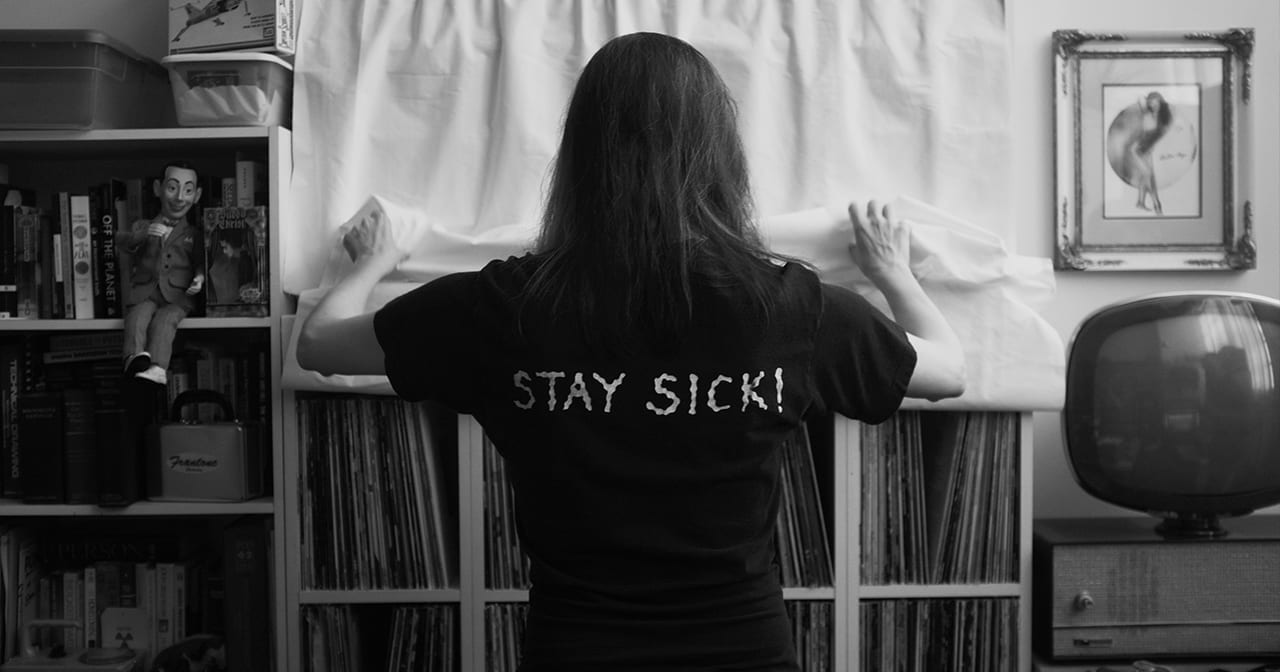

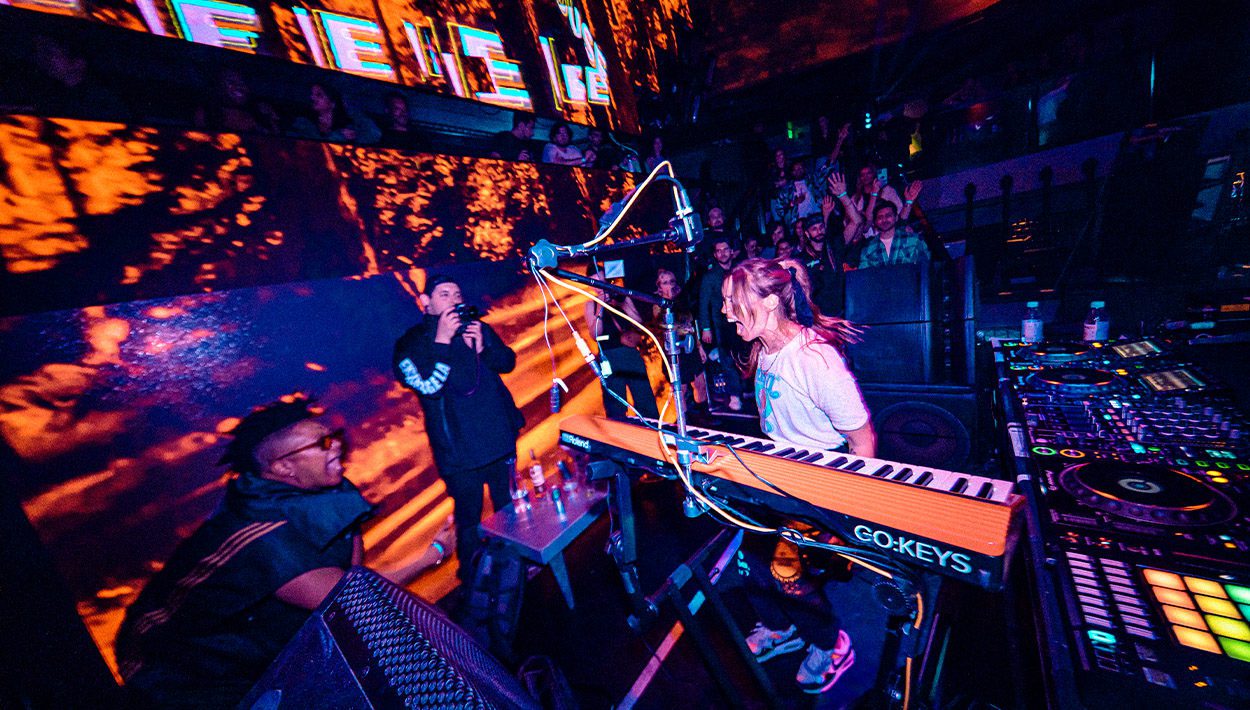
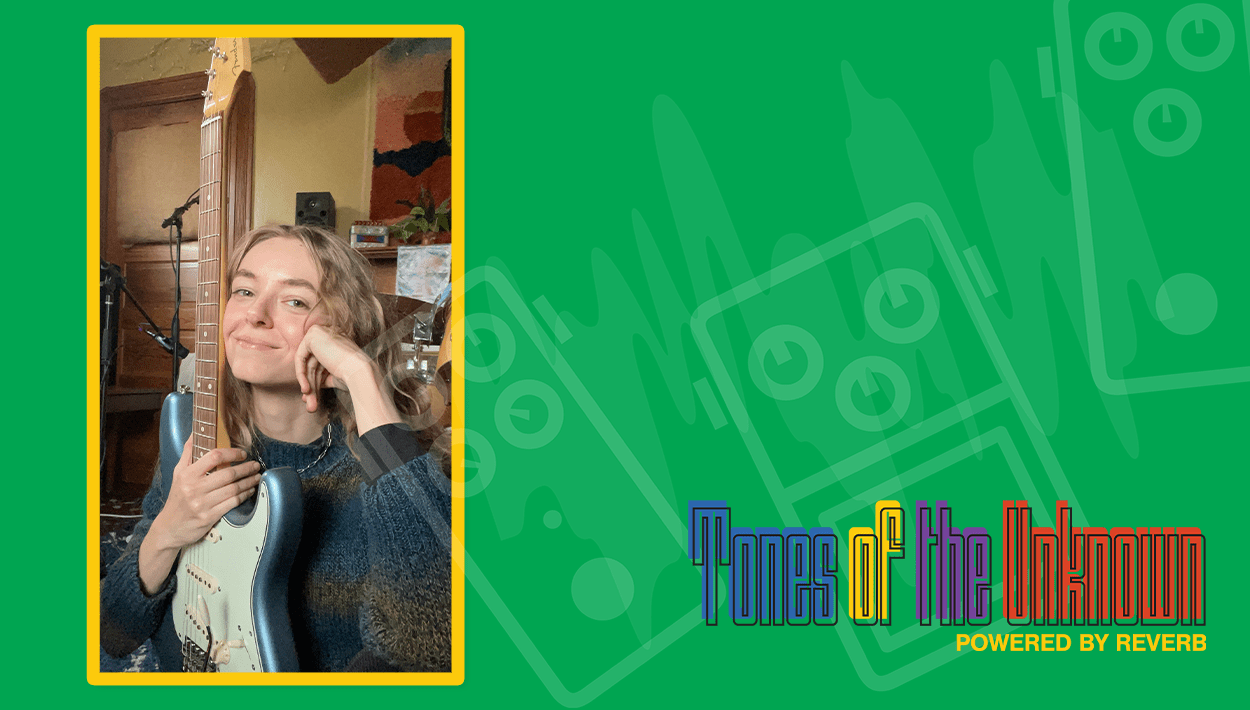
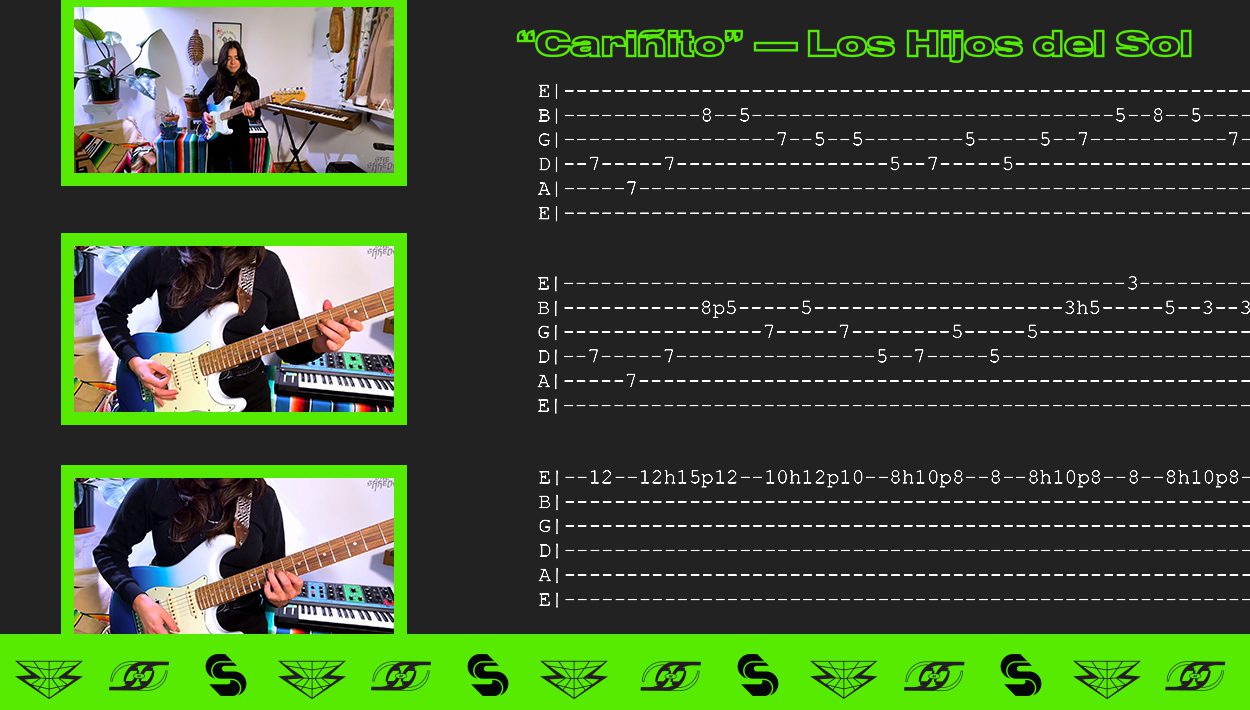
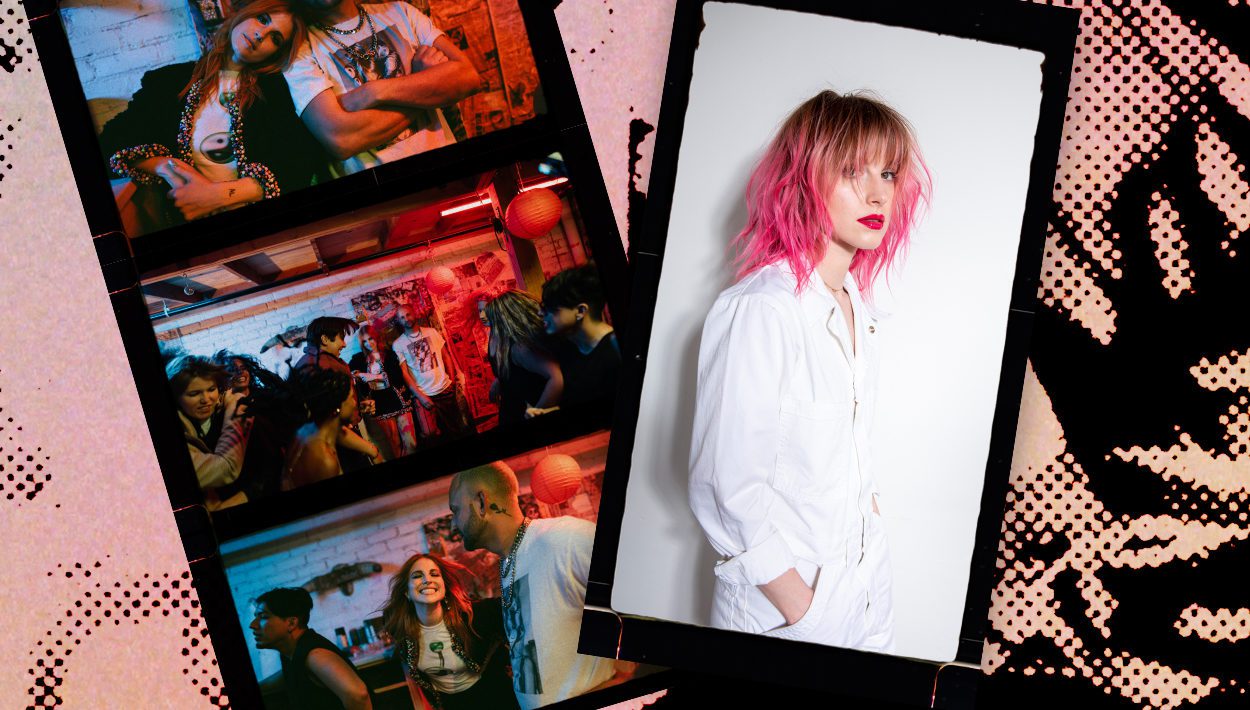


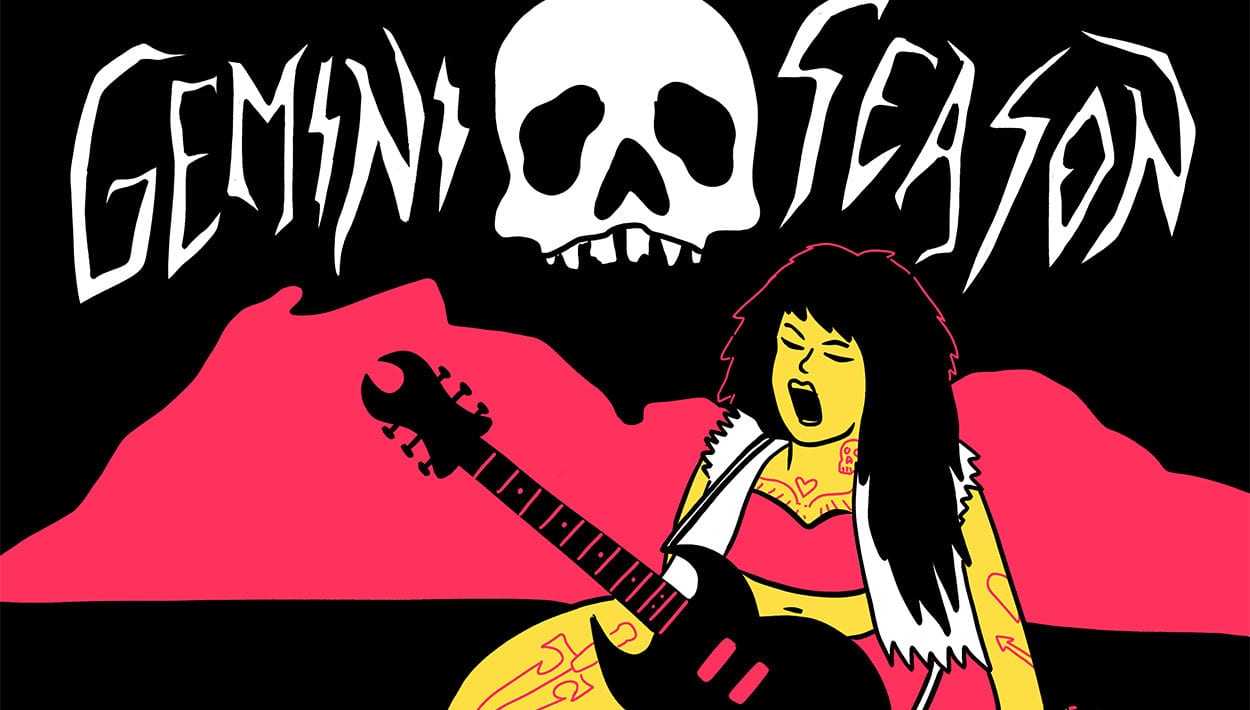

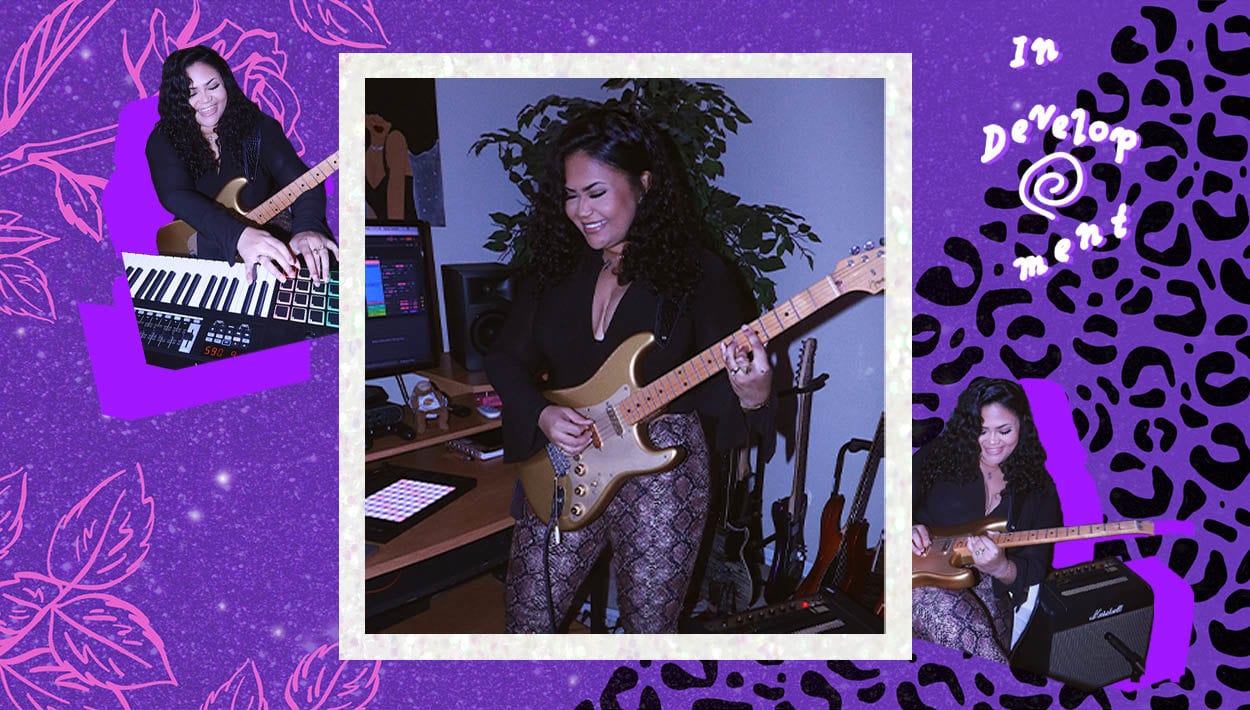
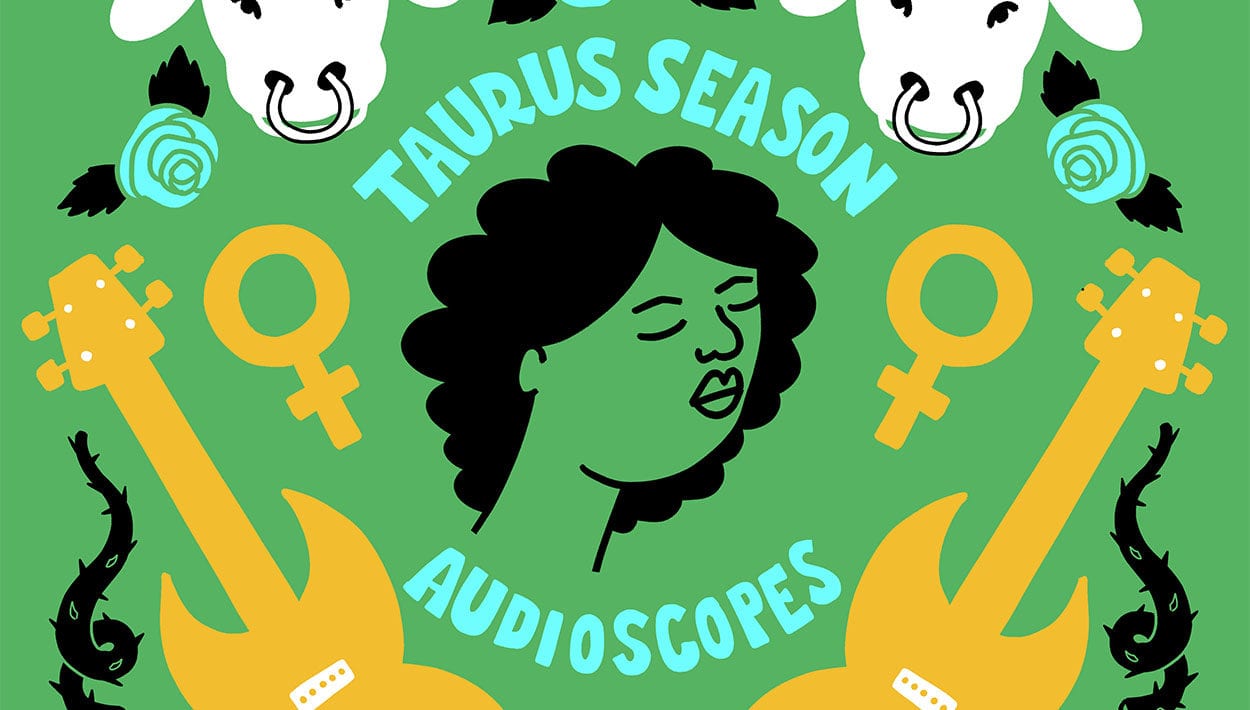


Comments
[…] We have our featured speakers lined up for the Hackaday Supercon, one of which is [Fran Blanche]. We’ve seen a lot of her work, from playing with pocket watches to not having the funding to build an Apollo Guidance Computer DSKY. In her spare time, she builds guitar pedals, and there’s a biopic of her in She Shreds magazine. […]
Pingback by Hackaday Links: October 18, 2015 | Hackaday on October 18, 2015 at 4:01 pm[…] We have our featured speakers lined up for the Hackaday Supercon, one of which is [Fran Blanche]. We’ve seen a lot of her work, from playing with pocket watches to not having the funding to build an Apollo Guidance Computer DSKY. In her spare time, she builds guitar pedals, and there’s a biopic of her in She Shreds magazine. […]
Pingback by Hackaday Links: October 18, 2015 | Ad Pub on October 18, 2015 at 6:00 pmVery cool article, good luck Fran Rock On …..
Comment by Bill Redelius on February 5, 2016 at 3:34 pmI just discovered your YouTube videos, and they’re all terrific. You should read, if you haven’t John Steinbeck’s journal while he was writing, “East of Eden”. He wrote it with pencils, and he talks at length about how long a pencil will last, etc. original title was, “the Green Valley” or something similar. My work is restoring/ conserving art on paper, so I’m passionate about paper, adhesive, and what colors or marks paper. I play guitar, collect vinyl, and love obscure garage, psychedelic bands…AND, my oldest friend recently came out trans. Dan oh…I just successfully refoamed speakers for the first time, and I’ve been working retail in electronics at Walmart, which I’ve been writing about, and will continue to do.
Comment by Dan Cochrane on September 14, 2017 at 9:04 pmI recently stumbled across Fran’s videos on YouTube… I was searching for some tube pinout and accidentally came across her video on a Nimo tube, which I’d never heard of. Her passion and wealth of knowledge about, well, everything is absolutely captivating. Thanks, Fran. I’m absolutely blown away. (And thanks, Cynthia, for this awesome interview!)
Comment by Spencer on February 22, 2018 at 1:33 pmI am glad that I found your blog. Vivien
Comment by Vivien on May 25, 2018 at 5:47 amHello from Texas.
Comment by jerome liwanag on October 14, 2018 at 6:23 amI have been watching Fran’s youtube videos for a couple years. The interview was very captivating and insightful. I like the part where people are not “binary”. Very profound.
Do you have any idea how to start a persuasive essay? I need your help!
Comment by Mark on December 17, 2018 at 5:07 amGreat article. Personal information about Fran is rare.
Comment by RPB on December 27, 2018 at 1:10 pm[…] a completely self-taught electronic and mechanical engineer, Fran Blanche started Frantone, one of the world’s first boutique guitar effects companies. In addition to […]
Pingback by She Shreds Media on June 12, 2020 at 11:44 am[…] lots of people on pedal forums asking, ‘‘are there more female pedal builders than Frantone and Devi Ever?” and an endless stream of misogynistic bullshit (“Big Muff” jokes […]
Pingback by She Shreds Media on June 16, 2020 at 4:03 pmhello, i recently found fran’s videos and i was so amazed to discover she’s trans. i myself am trans, in my early twenties, and i found what you [fran] said to be inspirational. i’m also so impressed with people coming out in their teens and earlier. that just wasn’t something i ever considered at that age, despite knowing my truth.
Comment by e on October 31, 2020 at 5:02 amhello, i recently found fran’s videos and i was so amazed to discover she’s trans. i myself am trans, in my early twenties, and i found what you [fran] said to be inspirational. i’m also so impressed with people coming out in their teens and earlier. that just wasn’t something i ever considered at that age, despite knowing my truth.
Comment by e o on October 31, 2020 at 5:03 amAs an electronics tinkerer, I came across Fran’s YouTube channel. I’ve watched for months with no idea she’s trans — but frankly, it makes absolutely no difference to me. I love her enthusiasm for old weird electronics, and her sing-songy cheerful delivery. I thought she was a brilliant little sweetheart before I knew, and I still think she’s a brilliant little sweetheart. I love geeks – regardless of gender or identity. Fran’s an awesome geek.
Comment by Michael Peterson on December 13, 2020 at 5:29 pmFran.
Comment by Juno on May 4, 2021 at 7:28 pmThank you.
Juno.
I just discovered Fran’s YouTube channel. As I am an old geek and love old technologies, I was totally entranced by her knowledge and love her start up on every video with her “HElloooooo, Fran here……” Love her.
Comment by Curt Lankford on December 3, 2021 at 6:59 pmLOV your History, Mine was long Many things Blood pressure monitor was Best long lived. PDP 11 was fun as a System Engineer, and pro and cunsumer electroinc repair.
Comment by William Stark on January 18, 2022 at 2:52 pmHer channel on youtube is great. Old hardware and videos restored from public domain stock and much more
Comment by Bruce Jacobs on April 30, 2022 at 9:35 amHer channel on Youtube is great. Old hardware and videos restored from public domain stock and much more! Thank you
Comment by Bruce Jacobs on April 30, 2022 at 9:36 am